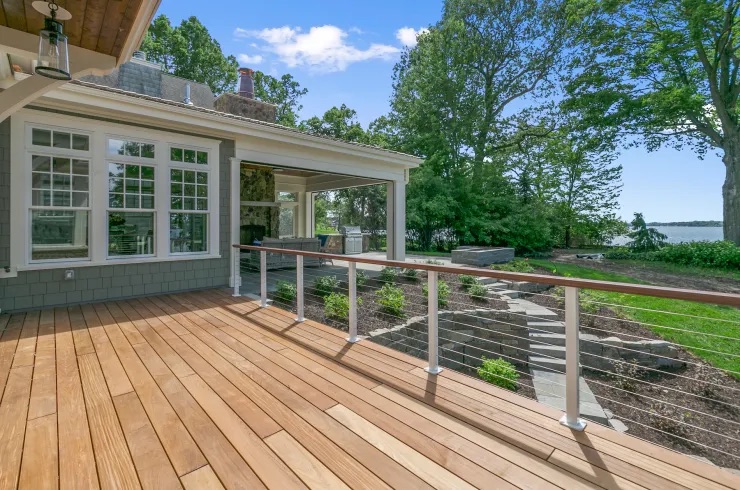


by Tristan Simmons | Jun 30, 2023 | Category - Railing
Adding railing to your home can be an aesthetic choice, but that isn’t the only reason to do it. Railings also make a home safer when people are on decks, ledges, and stairs. Beyond practicality and beauty, there are many other reasons that you might wish to have a...Understanding the various types of home railings is essential for homeowners looking to enhance both safety and style. This guide provides a comprehensive overview of the most popular railing materials, designs, and their respective benefits, helping you make an informed decision for your home.
From classic wood railings that offer a warm and traditional look to modern metal options that provide durability and low maintenance, each type of railing has its unique advantages. Additionally, we will explore innovative designs that can elevate the aesthetic appeal of your property while ensuring safety standards are met.
Railings serve a dual purpose in residential settings: enhancing safety and adding visual appeal. They are crucial for preventing falls, especially in areas like stairs, balconies, and decks, where the risk of accidents is higher.
Moreover, well-designed railings can complement your home’s architecture and landscaping. For instance, glass railings can create a sleek, unobtrusive barrier that maintains views, while decorative wrought iron can add a touch of elegance and sophistication to outdoor spaces.
Selecting the appropriate material for your railings is vital for both functionality and aesthetics. Common materials include wood, vinyl, aluminum, and glass, each offering distinct advantages based on climate, maintenance needs, and design preferences.
For example, wood railings provide a classic look but may require regular maintenance to prevent rot and weather damage. On the other hand, aluminum railings are lightweight, resistant to rust, and ideal for coastal areas, making them a practical choice for many homeowners.
Proper installation of railings is crucial for ensuring safety and compliance with local building codes. Homeowners should consider hiring a professional or following detailed guidelines if opting for a DIY approach.
Key installation tips include measuring accurately to ensure the right height and spacing, securing the posts firmly, and using appropriate fasteners. Additionally, it’s essential to check local regulations regarding railing height and spacing to guarantee safety and adherence to standards.